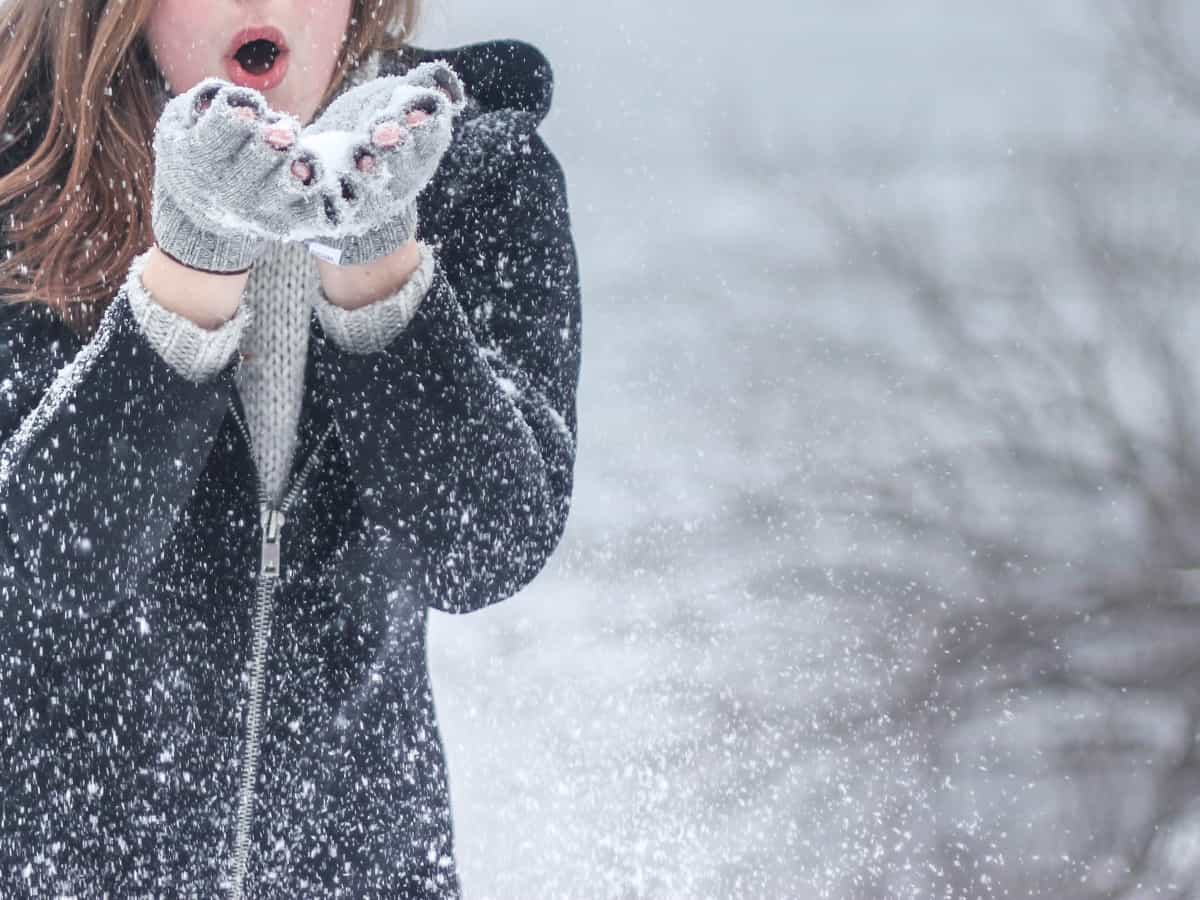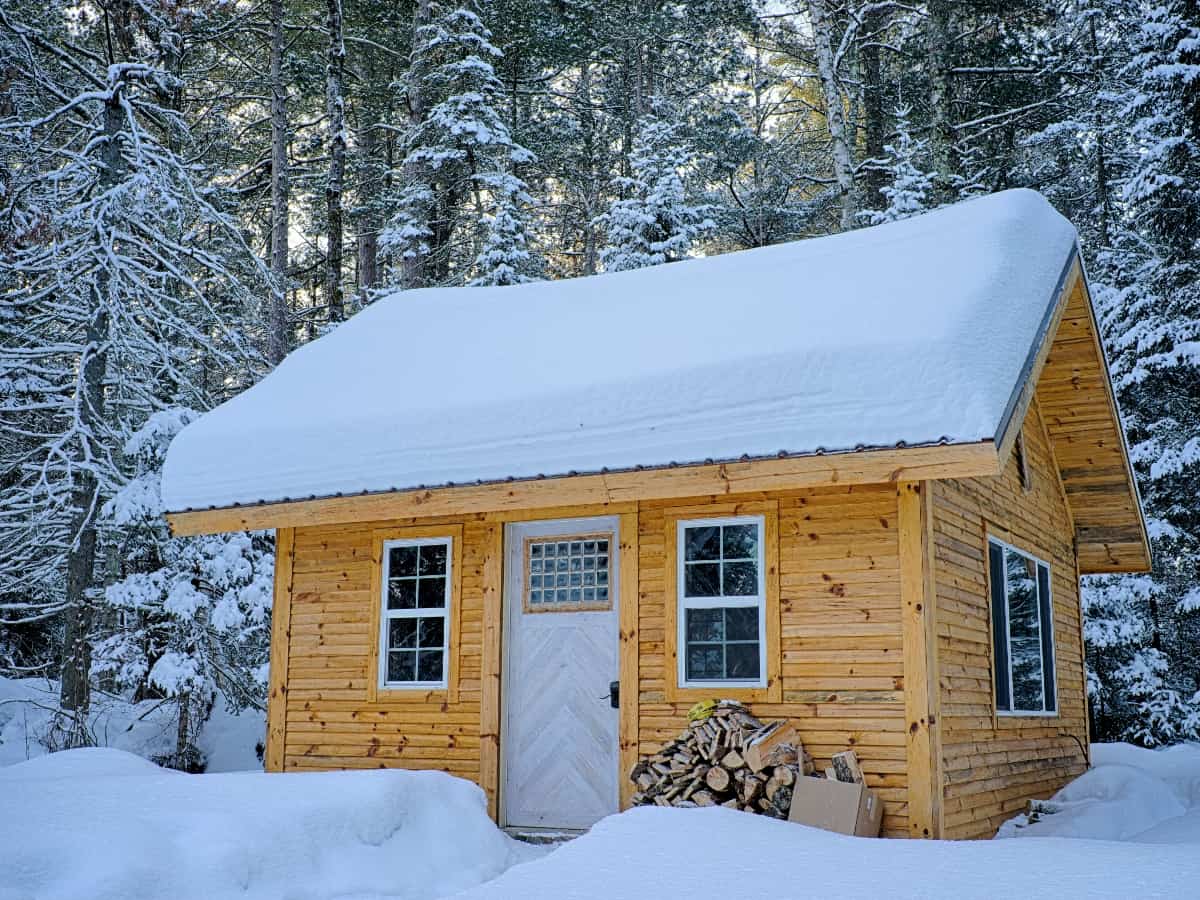What’s your relationship with winter weather? Does it get you excited to build snowmen and go skiing, or does it leave you shivering and dreaming of spring? Either way, there are some things you need to do as a homeowner before you hibernate through the snowstorms and brisk winds. If you aren’t sure how to protect your home and loved ones from winter hazards, it helps to consider the type of home insurance claims filed every winter.
Approximately 5% of insured homeowners filed home insurance claims in 2019. More than 97% of those claims were for property damage and many were related to adverse weather conditions. Of those property damage claims, nearly 90% were filed due to one of the following:
- Wind
- Hail
- Water
- Freezing
- Fire
- Lightning
Property damage claims cost insurance companies billions of dollars every year. What makes that a tragedy is the fact that much of that damage is preventable. If you don’t want to become a part of the insurance claim statistics, start by preparing your home before the cold weather hits. The following list of common winter home insurance claims will guide you through the most critical home preparation tasks.
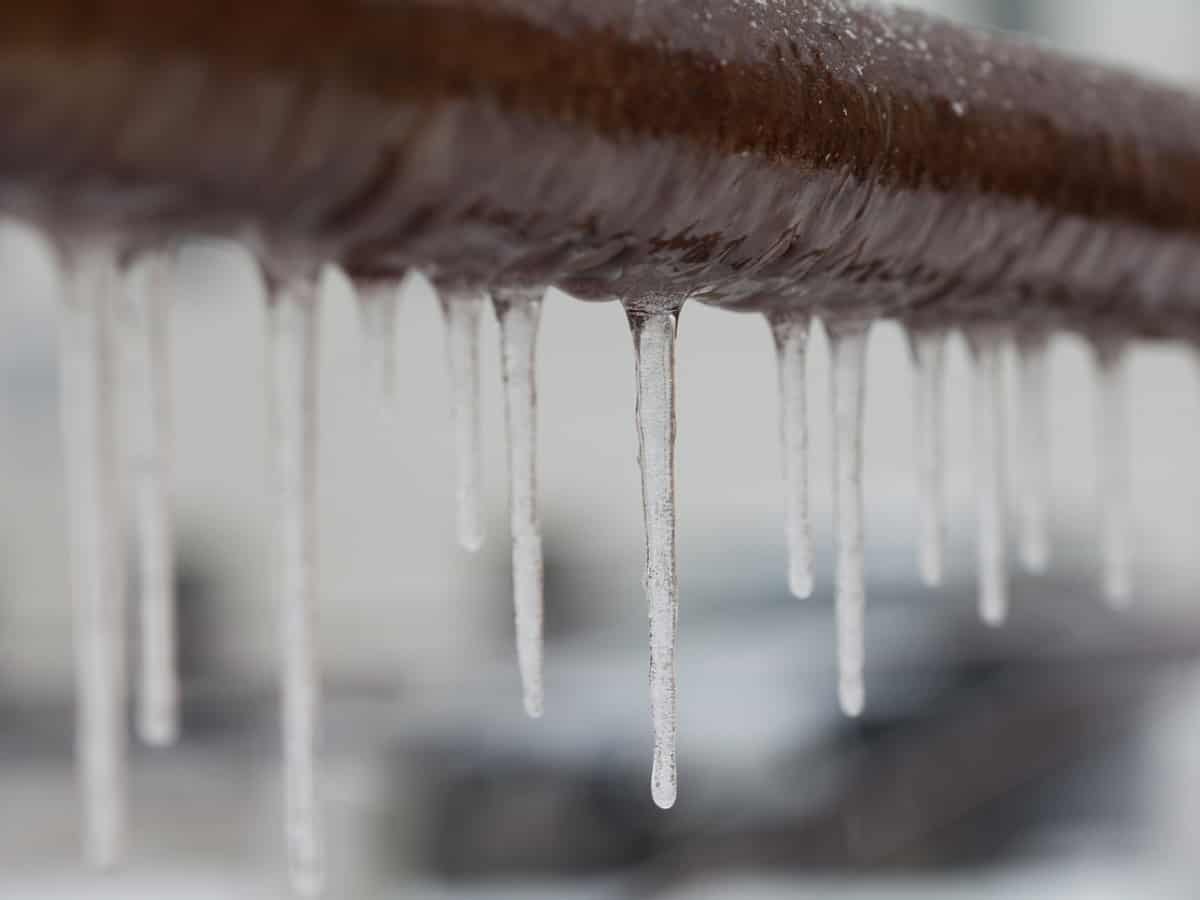
Frozen Pipes
A single insurance claim for water damage costs the insurance company an average of $10,900. This damage is common in the winter because below-freezing temperatures can quickly turn water sitting in a pipe into ice. Water expands when it freezes, and that expansion causes the pipe to burst.
How to Prevent Damage from Frozen Pipes
You can reduce the risk of your pipes freezing by wrapping them in insulation. It’s similar to adding insulation to your attic to keep more warmth in your home during the winter. In this case, the insulation acts as an extra layer of warmth applied directly to the pipe. It can help stop water inside the pipe from freezing.
You may also want to install pipe sensors designed to monitor your pipes in real time. They use sound wave technology to quickly identify when a pipe is leaking. That gives you the opportunity to address the problem before it has time to significantly damage your home.
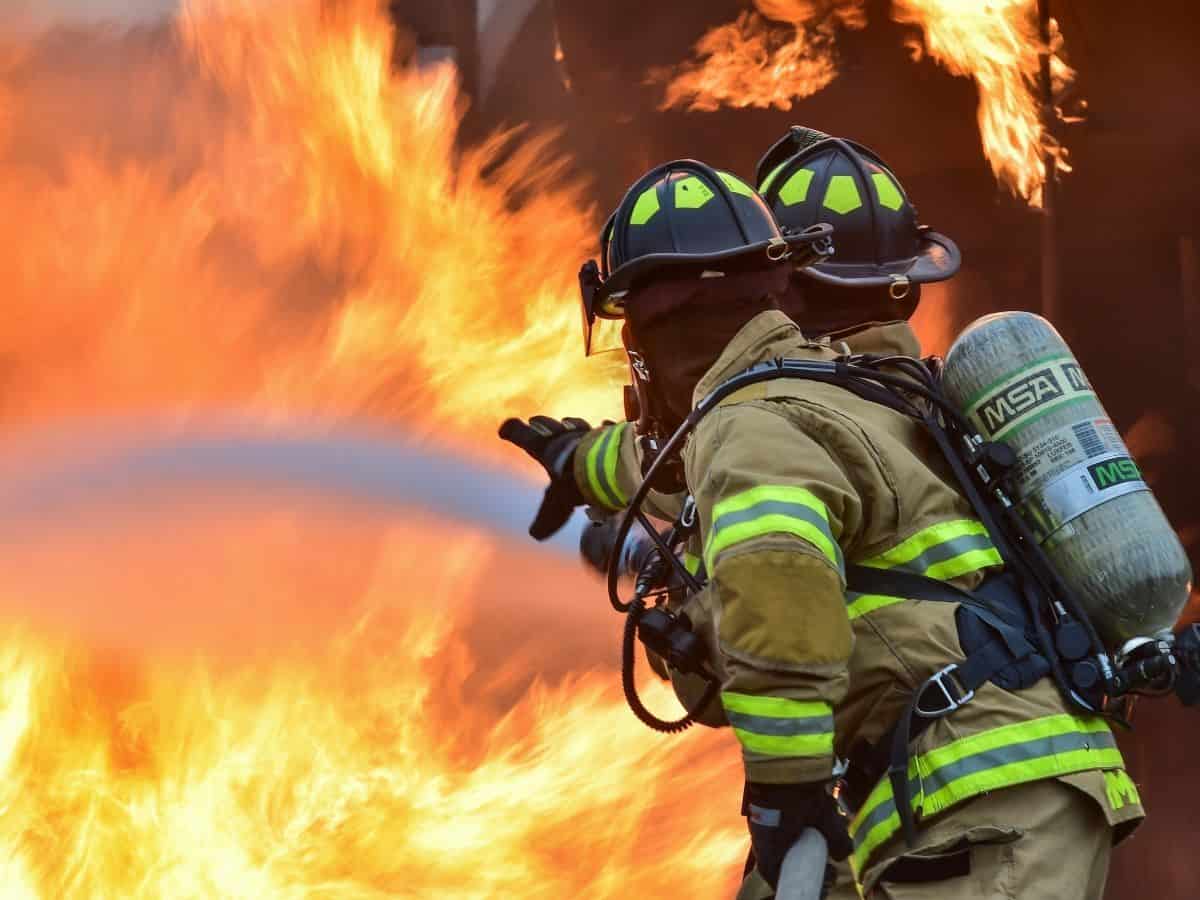
House Fire
It may seem like wet conditions would reduce the likelihood of a house fire, but statistics paint a different picture. During the holiday season alone, more than 150,000 fires break out across the United States each year. Those fires take more than 600 lives and cause more than $930 million in property damage.
Winter house fires are often caused by the following:
- Candles
- Holiday light displays
- Fireplaces
- Christmas trees
- Cooking
- Open flames or torches
The more intense the need for home heating, the higher the risk for scenarios that could lead to home insurance claims.
How to Prevent House Fires in Winter
When it comes to severe winter weather, the most important thing you can do is prepare your home. If you rely on centralized air conditioning and heating, make sure you have a plan to heat your home if you lose electricity for an extended period of time. If you leave that to the last minute, you could end up making risky decisions out of desperation.
You can conserve more heat by designating one room or zone of your home to heat. Close all doors to that area, make sure all windows and doors are sealed against drafts, and use at least one safe source of backup heat. Some of the best options for backup heating include:
- Portable propane heater
- Generator
- Kerosene heater
- Wood stove
- Catalytic gas heater
Also make sure all holiday light displays and Christmas trees follow standard safety protocol. The safest option for outdoor lighting is exterior electrical outlets, but not all homes have those available. The second-safest option is to purchase an adaptor that turns your porch light fixture into an electrical outlet.
If you don’t have a porch light fixture either, extension cords are available. Make sure you purchase only exterior grade cords, ideally with waterproof plugs. Don’t overload the plugs and use a waterproof power stake to hold it in place.
Finally, have your fireplace inspected before the cold season hits your area. Follow all recommendations to fix potential problems. Preventing a fire is always cheaper than recovering from fire damage.
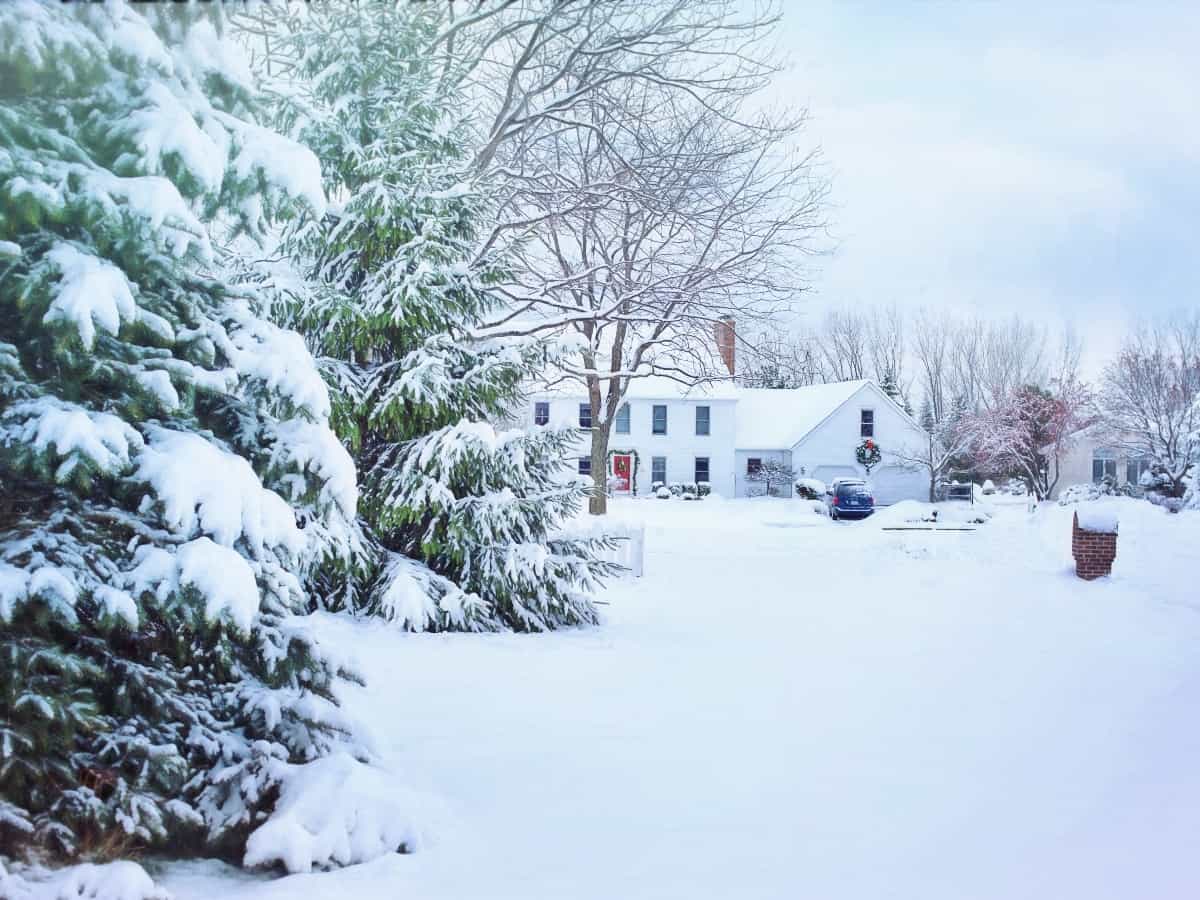
Property Damage from Fallen Trees
Have you ever heard the crack of a tree breaking and ripping from the ground? What about the loud thump of a tree falling on a home, car, or street? These are some of the most terrifying sounds for homeowners. Not only are they the sounds of serious property damage in the making, but they’re the sounds of potential injuries and even death.
Trees have the highest risk of dropping branches or completely breaking during late autumn or early winter snowstorms. Heavy, wet snow collects on the branches and covers leaves that have yet to drop for winter. As the branches bend toward the ground, they expose even more flat surfaces that are quickly covered with snow. The weight of that snow is what brings many trees down. Once the trees have dropped all of their leaves, they’re less likely to collect enough snow to cause a significant weakness.
Falling trees can hit homes, vehicles, fences, and even pedestrians out to enjoy the winter weather. That often results in home insurance claims for property damage.
How to Prevent Fallen Trees in Winter
It’s difficult to predict which trees might fall and when. A tree may seem solid through many snowstorms and even intense wind only to suddenly hit the ground in what seems like a mild storm. There were likely signs of damage or weakness that the homeowners didn’t notice.
The best way to protect your property is to inspect any trees that are close enough to cause damage. Look for limbs bending down lower than usual and anything growing on the trunk. It’s a good idea to have a professional look at your trees at least every two or three years to catch early signs of potential trouble. Getting your trees trimmed regularly can help as well.

Structural Damage from Ice Dams
Have you ever admired large icicles hanging from the edge of a roof? They may look like the perfect symbols of winter beauty, but they can also cause significant damage to your home. They’re a sign that you might have ice dams.
What are ice dams? They’re thick lines of ice that freeze along the eaves or your roof. Snow collects on top of the ice and cannot easily roll off your roof as it melts. That causes melted snow to collect on your roof in puddles, which can refreeze with cold overnight temperatures. That water can get under the shingles as well, making its way down into your home.
Some of the home damage often caused by ice dams includes:
- Loose shingles
- Fallen gutters
- Interior leaks
When water is trapped on your roof and leaks into your home, you risk mold growing in damp attic insulation plus wood rot, discolored or sagging ceilings, warped floorboards, and peeled wall paint. Not only is the damage a potential health risk, but it could interrupt your daily life during the repair process. In some cases, water damage becomes a health hazard.
How to Prevent Ice Dams
The simplest way to prevent the formation of ice dams is to thoroughly clean your gutters before winter weather arrives. That will prevent ice from collecting on top of debris along the edge of your roof.
You can also install heated cables along the roof’s edge. Use secure clips and a zigzag pattern that offers thorough coverage. These cables will apply heat on the roof to prevent the formation of ice.
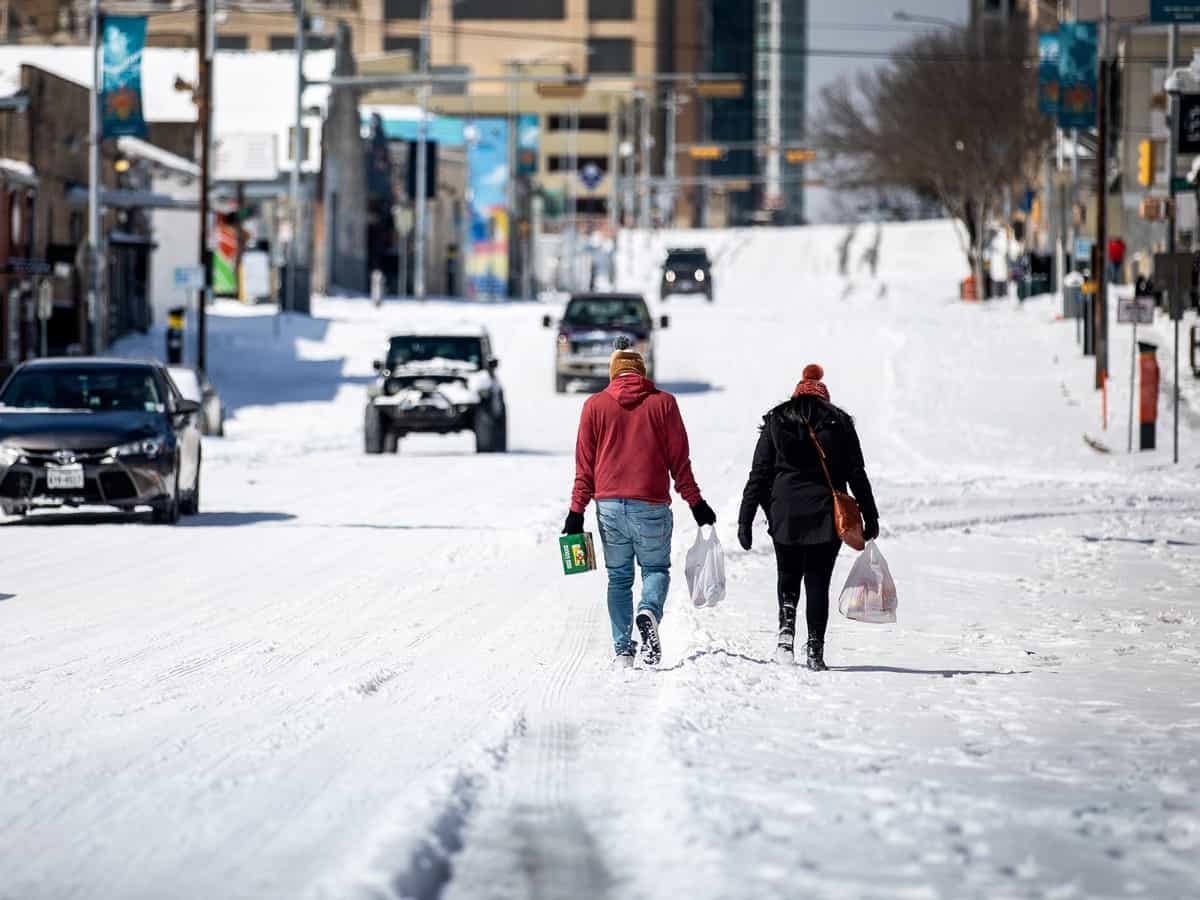
Slip and Fall Accidents
Have you noticed how slippery your front walkway is after even a modest amount of snow? How about the ice and snow that collects on your porch steps? Or the sheet of ice that sometimes forms over your driveway? Those surfaces are all risk factors for slip-and-fall accidents that may turn into home insurance claims.
How to Protect Your Loved Ones from Slips and Falls
Clearing your porch, steps, driveway, and walkway is the best way to reduce the risk of slips and falls during the winter. Even if you keep your loved ones indoors until the ice and snow melt, you never know when someone else may walk onto your property and fall.
Imagine the mailman stepping onto your front porch to drop a package and sliding off the edge of the porch. If you order food or grocery delivery, the driver may slip in your driveway or while stepping over ice on your walkway or porch.
You should also make sure railings along your porch or steps are strong and secure. They’re the best defense you have at making it up and down steps or across slippery surfaces in the winter. You don’t want someone to grab the railing and have it shake or come loose, causing a fall.
When you do go outside in slippery conditions, walk like a penguin. Turn your feet out to the sides and slowly waddle forward, much like penguins. You can do this while applying salt or sand to your steps and removing snow from walkways.
